 Welcome
Welcome
“May all be happy, may all be healed, may all be at peace and may no one ever suffer."
- A
- B
- C
- D
- E
- F
- G
- H
- I
- J
- K
- L
- M
- N
- O
- P
- Q
- R
- S
- T
- U
- V
- W
- X
- Y
- Z
Vestibule of the Inner ear - Diseases
The vestibule is a small, oval-shaped chamber in the inner ear that plays an important role in balance and spatial orientation. It is located between the cochlea (which is responsible for hearing) and the semicircular canals (which detect rotational movements of the head).
The vestibule contains two structures called the utricle and the saccule, which are lined with hair cells that are sensitive to changes in position and movement. These hair cells are responsible for detecting linear acceleration and head position, and they send signals to the brain to help maintain balance and coordinate movements.
The vestibule is connected to the semicircular canals by three small ducts, which contain fluid that moves in response to head movements. When the head moves, the fluid in the ducts moves as well, and this movement stimulates the hair cells in the vestibule and semicircular canals.
Various medical conditions can affect the vestibule and inner ear, including vestibular disorders, Meniere's disease, and benign paroxysmal positional vertigo (BPPV). These conditions can cause symptoms such as dizziness, vertigo, and loss of balance. Treatment for vestibular disorders may include medication, vestibular rehabilitation therapy, or surgery, depending on the severity of the condition and the individual's circumstances.
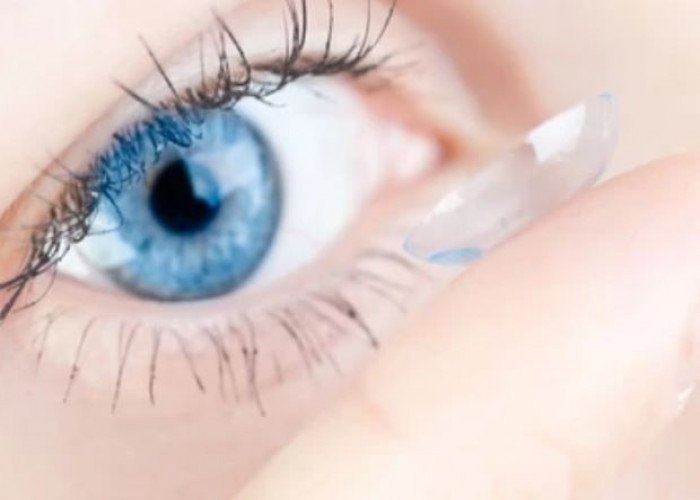
Lens Eye
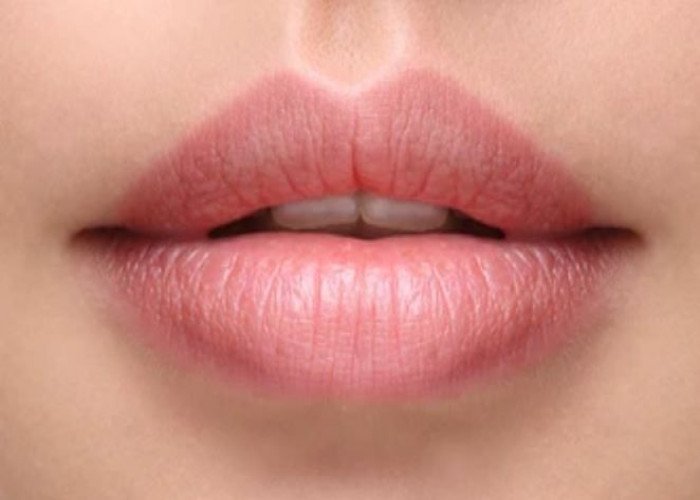
Lip
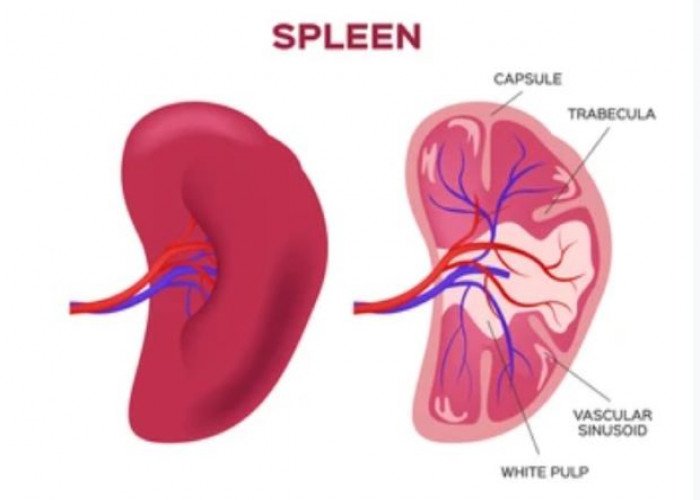
Spleen

Hair
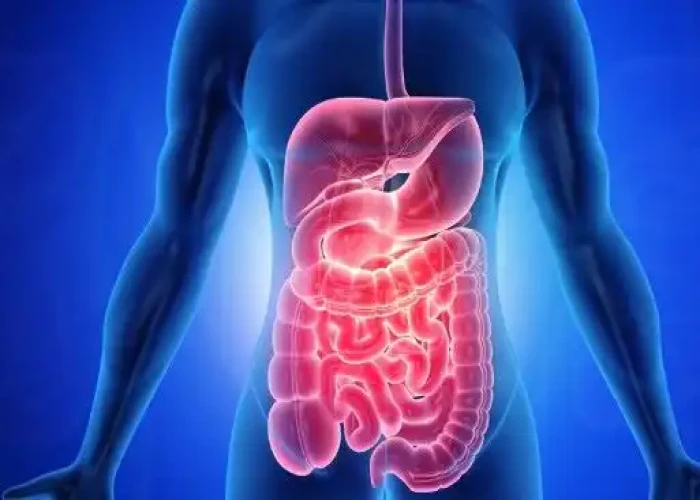
Jejunum intestine
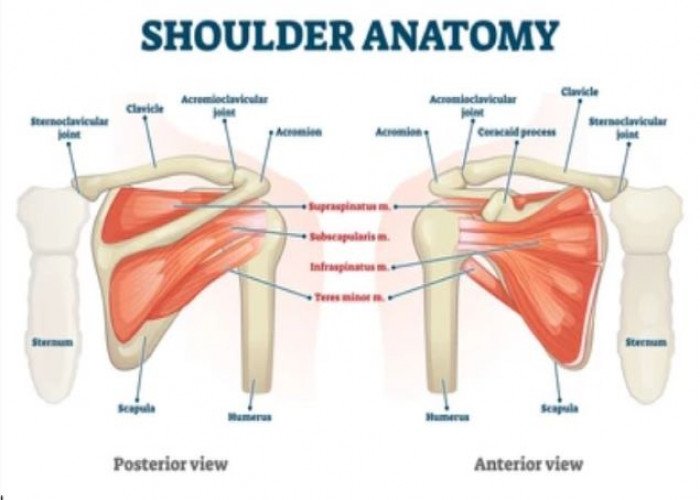
Shoulder

Chest

Prostate
Vestibule of the Inner ear, Vestibule ear, Vestibule ear function, অভ্যন্তরীণ কানের ভেসিটিবুল
To be happy, beautiful, healthy, wealthy, hale and long-lived stay with DM3S.